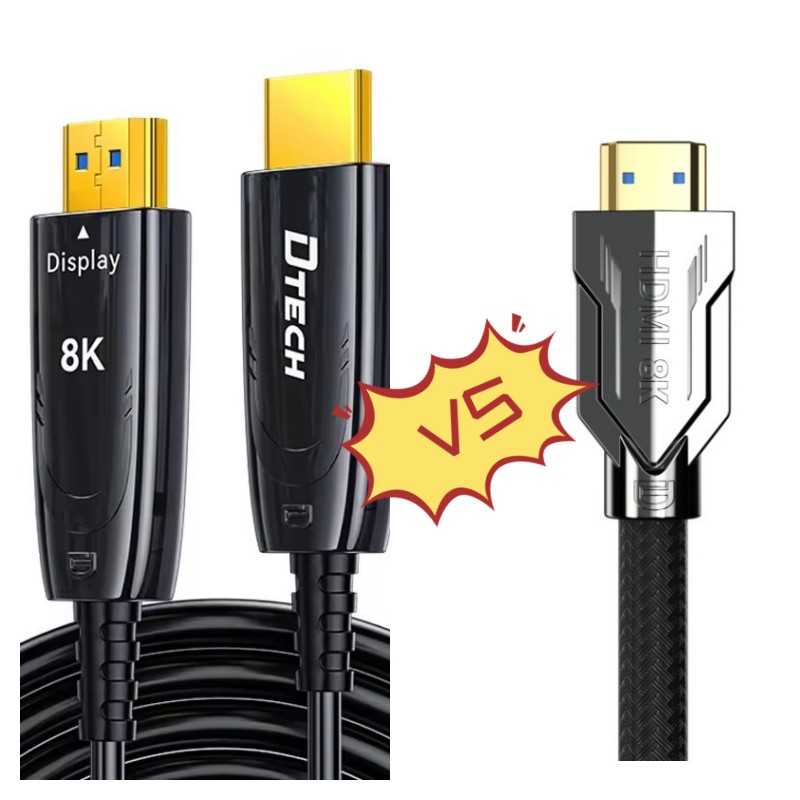With the continuous development of science and technology, communication technology has become more and more popular and important. Copper cable and fiber optic cable, as two common communication transmission media, each has different characteristics and advantages.
As a traditional communication medium, copper cable has a wide range of applications. Its main features include low cost, easy installation, and stable signal transmission. Copper cable can carry a large current, is suitable for transmitting electricity and supporting low-frequency signals, and is commonly used in home networks, telephone lines and other fields. However, due to the relatively poor conductivity and shielding of copper wire, the signal transmission distance is limited and is susceptible to external electromagnetic interference.
In contrast, fiber optic cables have attracted much attention for their excellent transmission performance and high bandwidth. Fiber optic cables use optical signal transmission, which has the advantages of anti-electromagnetic interference, long transmission distance, and fast speed. Fiber optic cables can transmit large amounts of data without distance restrictions, and are suitable for scenarios such as high-speed Internet connections and long-distance communications. In addition, fiber optic cables also have high security because they transmit optical signals and are not easily eavesdropped or damaged. However, the cost of optical fiber cables is relatively high.
Under the current development trend, with the rapid advancement of information technology and the continuous growth of demand, more and more scenarios have begun to adopt optical fiber cables as the preferred communication medium. For example, optical fiber cables are widely used in high-speed broadband networks, data centers, cloud computing and other fields to achieve high-speed and stable data transmission. In addition, with the rise of 5G and the Internet of Things, applications with higher requirements for communication speed and bandwidth will further promote the application of optical fiber cables.
However, copper cables still have advantages in some areas. Copper cable infrastructure is extensive and mature, with relatively low costs, and it is still feasible for some scenarios with shorter distances and low-frequency transmission. In addition, in some remote areas or places with limited resources, copper cables may become a temporary alternative due to the high cost and technical requirements of optical fiber cables.
In summary, copper cables and optical fiber cables have their own different characteristics and advantages as transmission media in communication technology. With the continuous development of science and technology, the application of optical fiber cables in more fields will increase, but copper cables still have certain advantages in specific scenarios and specific needs. We look forward to future communication technologies that can better integrate different transmission media to provide people with a faster, more stable and secure communication experience.
Post time: Jun-04-2024


